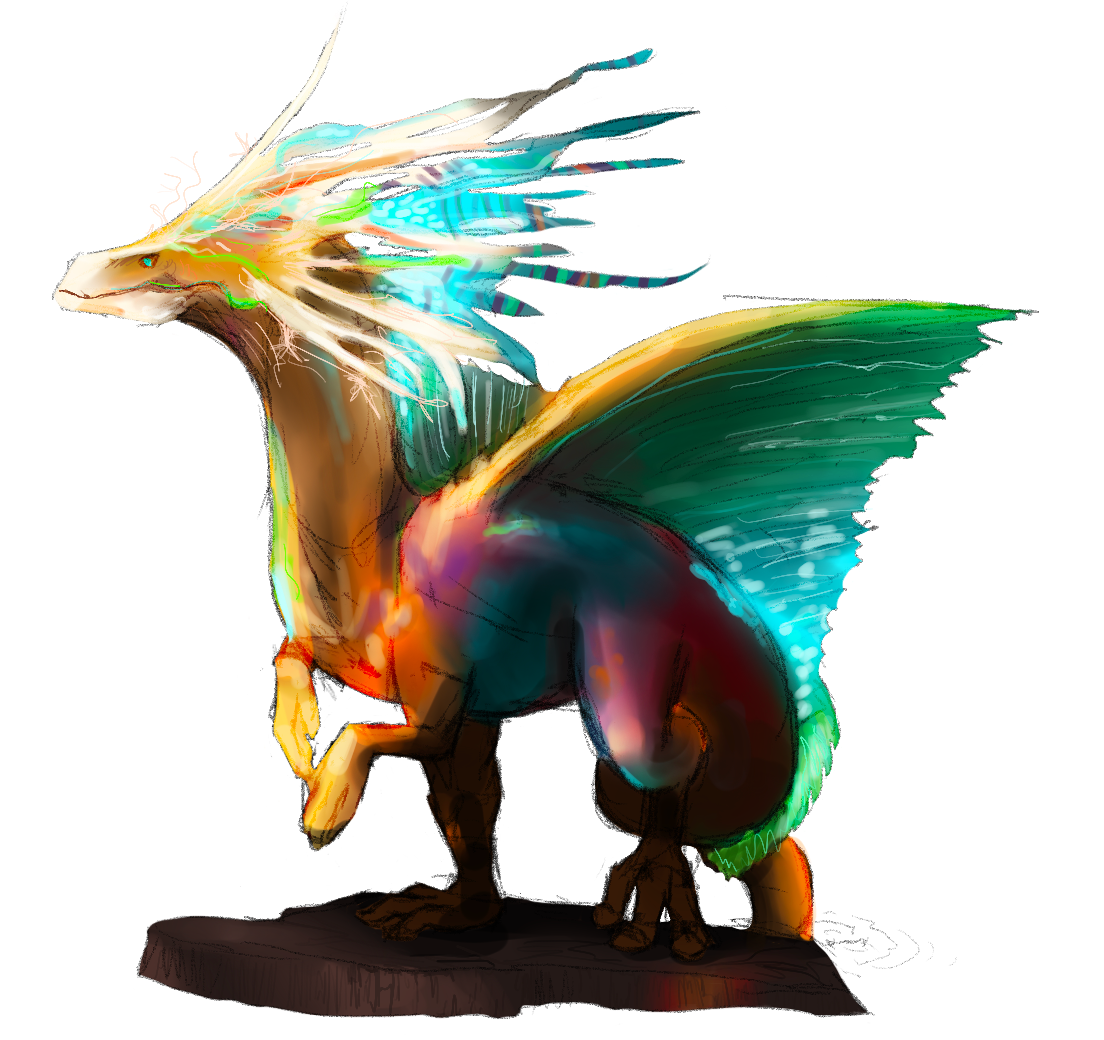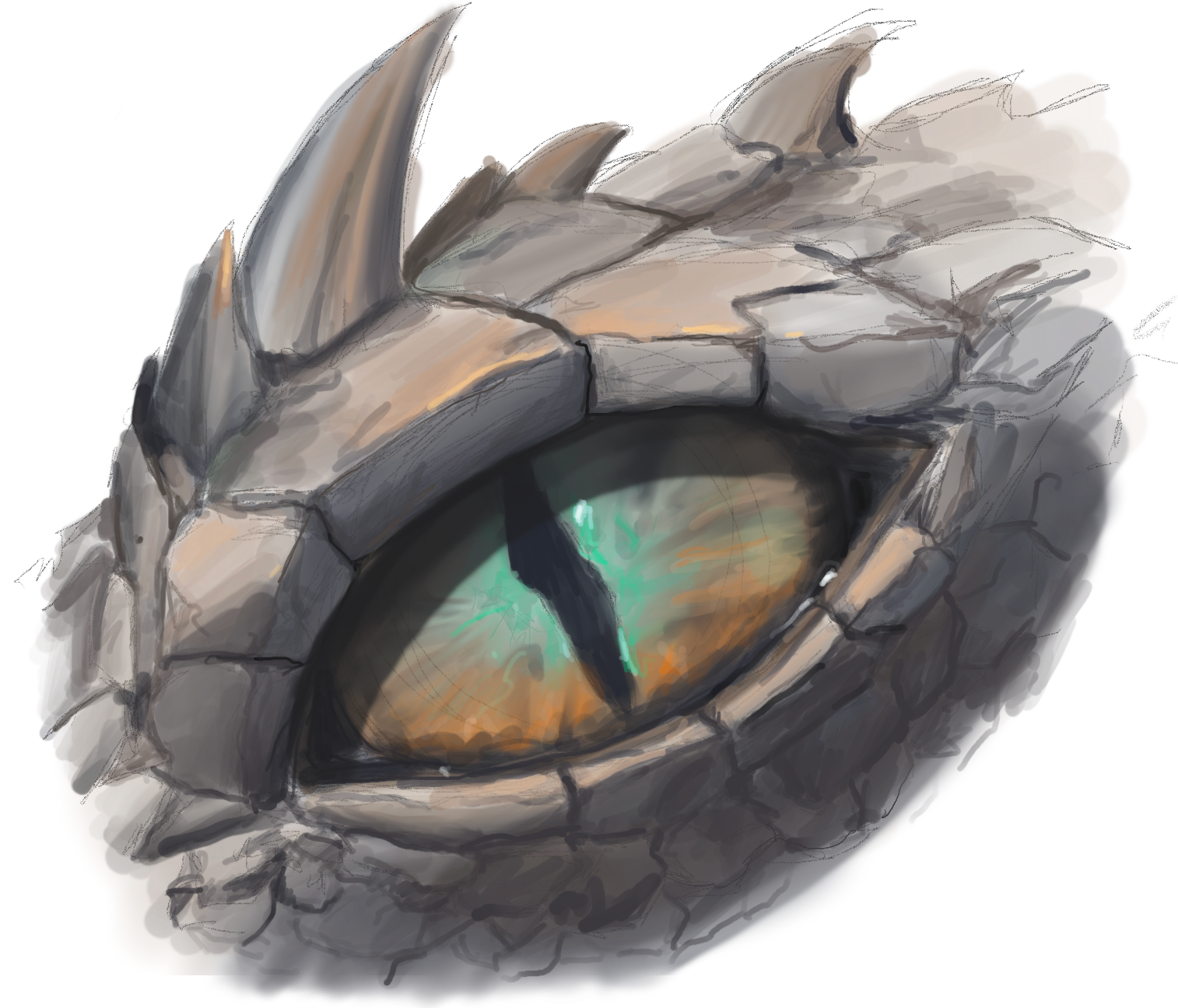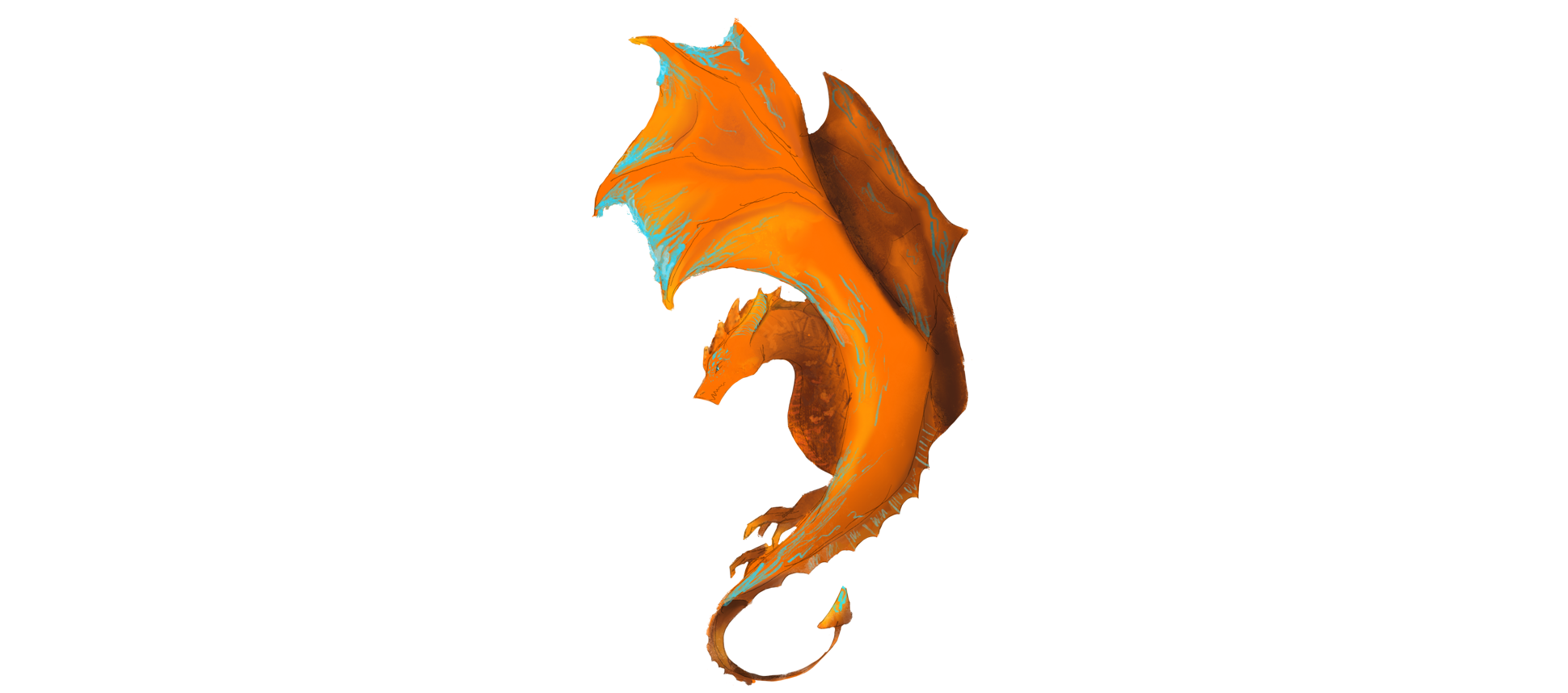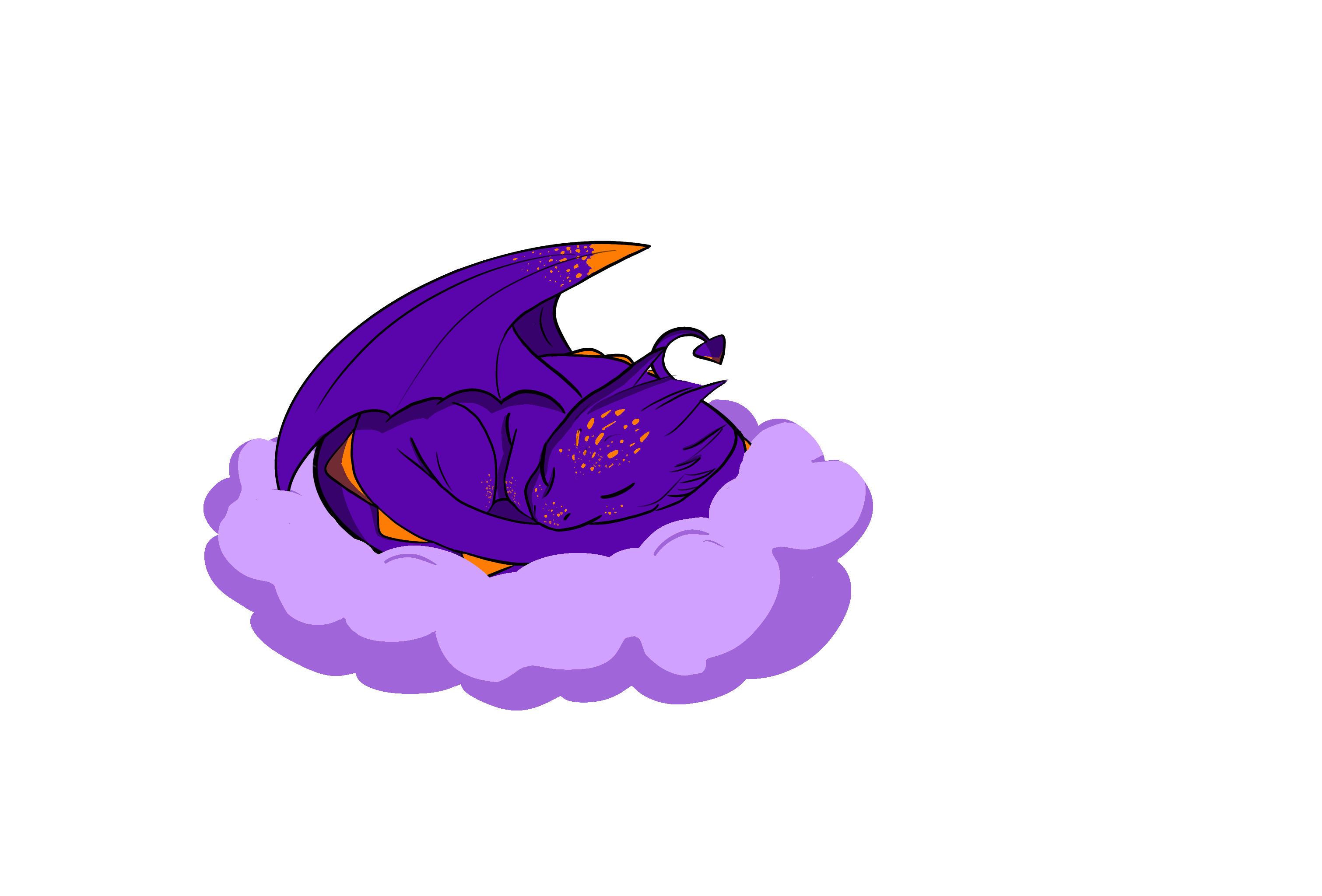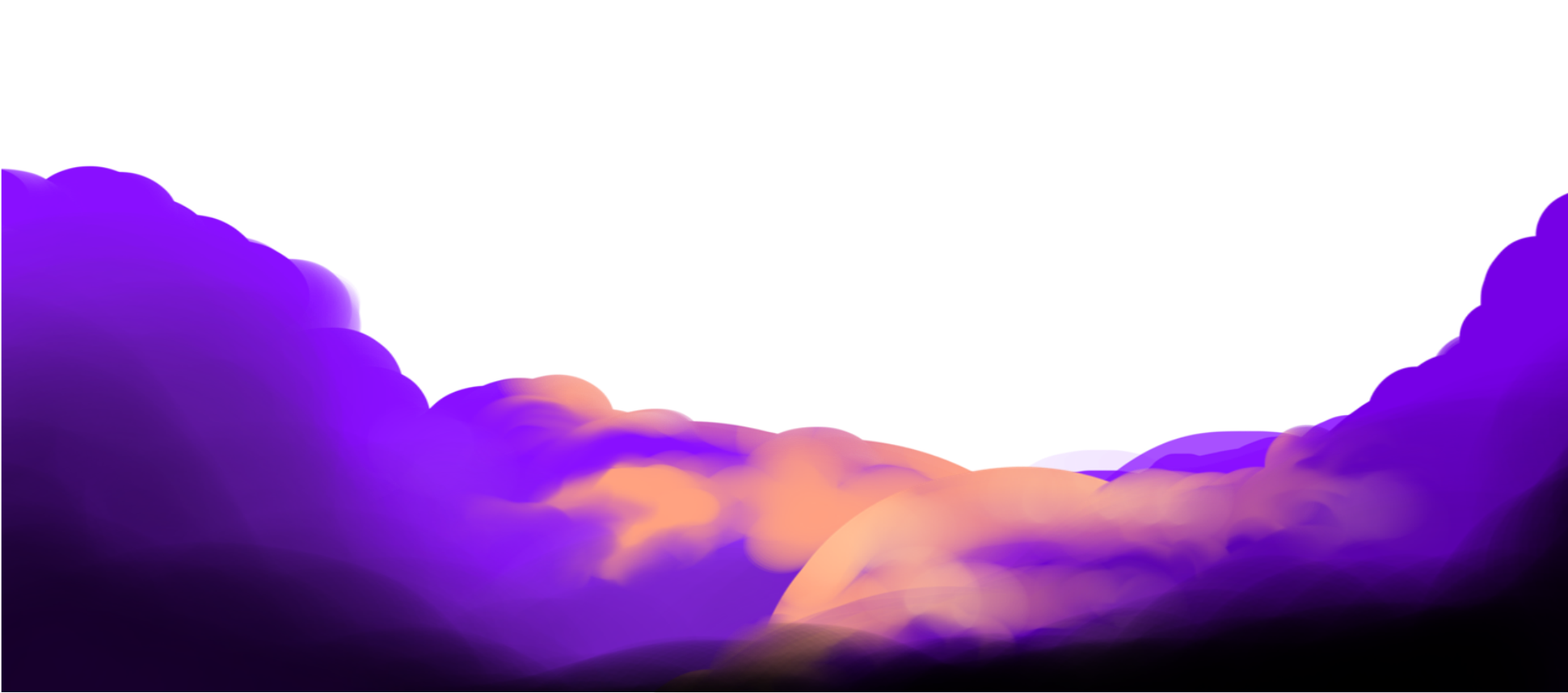LADON
Ladon was a mythical dragon or giant serpent who, according to the ancient Greeks, guarded the golden apples in the Garden of the Hesperides. This garden was a hidden, paradise-like place at the edge of the world, and the apples granted immortality — making them incredibly valuable.
Ladon was depicted as a multi-headed monster — according to some versions of the myth, he had as many as one hundred heads! Interestingly, each of his heads spoke with a different voice. The dragon was endlessly vigilant and never slept, which made it impossible for anyone to sneak into the garden without a fight.
Heracles (Hercules) killed Ladon during one of his Twelve Labors. His task was to retrieve the golden apples for King Eurystheus. After Ladon's death, the goddess Hera (his protector) placed him in the sky as the constellation Draco.

